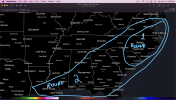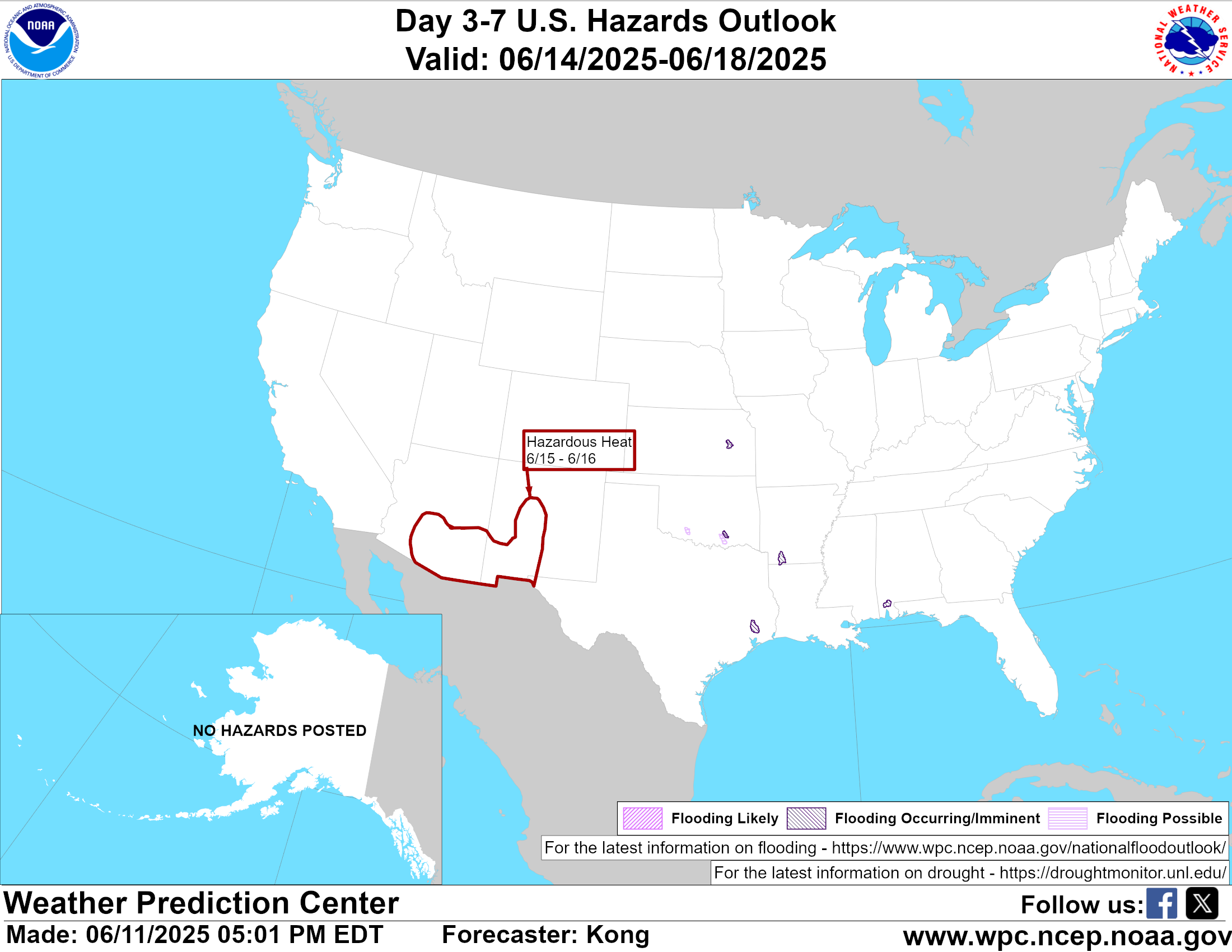iGRXY
Member
A blend of the GFS and EURO is probably the best call as of right now which is actually pretty good for most of us.
The energy over the PNW is "squishing" down on the southern stream energy and preventing good wave interaction with the troughHow would it affect the system on Friday/Saturday?
Wouldn't that potentially be a better setup for areas further east?The energy over the PNW is "squishing" down on the southern stream energy and preventing good wave interaction with the trough
For the frontal passage you would but the key thing here is that surface wave that's going to jog along the front right after. At least the NAM not pre-amping it like the euro was at 84hrs---At least I do not think so.Up here, we’d back slide from RN to ZR to IP to SN which is highly unusual.


To an extent but your getting almost no wave interaction on the nam. You need way more than what it shows.Wouldn't that potentially be a better setup for areas further east?
This makes sense. The nam is deeper west more flow parallel to the front slower passageNAM is quite warmer than the GFS at hr84. It's the long range nam but still


In your opinion, what are we really pulling for trend wise on the NAM and Euro. Euro to flatten a bit to the sw and nam to amp a little more with the NS?Even with the stream separation looks, there’s not much to worry about given that favors a weak overrunning setup, as the nam shows, mesoscale factors would be in our favor since WAA is responsible for the precip itself and almost always ends up stronger then modeled in overrunning scenarios
Something like the CMC honestly I like, even tho it’s QPF amounts is particularly not the best, I like where the energy is on it, maybe slightly more interaction then that but I mean just a little bit, for a mostly snow event for usIn your opinion, what are we really pulling for trend wise on the NAM and Euro. Euro to flatten a bit to the sw and nam to amp a little more with the NS?
Massive ice storm if correctSpoke too soon:

Temps are problematic though.
Need that high pressure center farther south. Otherwise, mixing for a lot of people.ICON:


Based off what historical has been known about ICON and its output during last system you have to question its temp profiles it does run a little hotter then mostThe ICON is an ice storm in most of the northern half of SC.

Based off what historical has been known about ICON and its output during last system you have to question its temp profiles it does run a little hotter then most

Yeah that seems like a strong high, but interestingly that map does not show much of a cold push; almost looks like a bit of an SERGeez that’s 1046 high over the Northern Plains!!! I don’t remember the last time we actually had a high that strong moving in with a storm threat, and this only hour 69 this isn’t fantasy land stuff
That's largely unchanged language from yesterdayFrom RAH:
Forecast confidence then decreases during the late week-early next
week time frame, as strong and at least briefly blocking ridging
develops and expands nwd along and just offshore the West Coast. The
geometry of downstream troughing over the ern US, dictated by
individual shortwaves and their potential interaction/phasing, is of
lower predictability and will be important for how they may interact
with the strong baroclinic zone related an Arctic air mass over much
of the nrn and and ern US, and warm/unstable conditions from the GOM
to the swrn N. Atlantic and Gulf Stream. That baroclinic zone will
result from the wavy Arctic front forecast to cross the Carolinas
Thu night, then become quasi-stationary from the wrn Atlantic to the
Gulf of Mexico through the remainder of the forecast period, and one
where both isentropic lift and cyclogenesis may become energized by
the aforementioned low predictability shortwave troughs aloft.
There, precipitation --including wintry on the poleward side-- will
be possible, including near or just southeast of cntl NC. The most
likely time of that occurrence in cntl NC appears to be late Thu
night and Fri, but those details and the sensible weather impacts,
with the threat of precipitation spreading nwd into the Arctic air,
remain highly uncertain - but a possibility worth monitoring as
those details are hopefully resolved during the coming days.
&&
--I sure hope the details are resolved in the coming days; the storm will be here in the coming days...
85 and north special lolView attachment 107412View attachment 107413
View attachment 107414
Wakefield is all in
Actually, for the N. Georgia CAD areas, the ICON was a little too cold with its surface temps right up until verification. The NAM was close. The GFS too warm. Again, speaking of N. Georgia only but since that was what I was keyed in on.Based off what historical has been known about ICON and its output during last system you have to question its temp profiles it does run a little hotter then most
